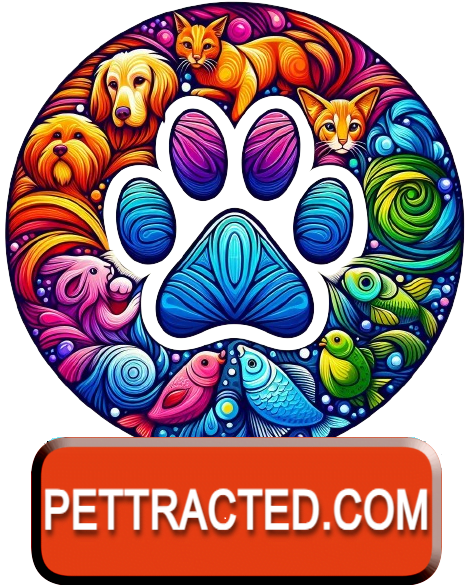Introduction
Pets are cherished members of our families, and we strive to provide them with a safe and loving environment. However, many common household items pose significant risks to our furry friends. From seemingly harmless cleaning products to everyday plants, these hidden threats can lead to serious health issues, and in some cases, even death. In this article, we will delve into the most common household toxins that threaten our pets, and we’ll provide essential tips to safeguard their well-being.
Common Household Toxins and Their Dangers
1. Cleaning Products
Cleaning products are a common source of pet poisoning. Even small amounts of these substances can cause severe illness or death. Common culprits include:

- Dishwashing Detergents: Ingestion can lead to vomiting, diarrhea, and difficulty breathing.
- Bleach: Exposure can irritate the skin, eyes, and respiratory tract.
- Air Fresheners: Inhalation of strong fumes can cause respiratory problems.
- Toilet Bowl Cleaners: These products can burn the mouth, throat, and stomach.
2. Plants
Many common houseplants are toxic to pets. Some of the most dangerous include:

- Lilies: All parts of lilies are toxic to cats, and even small amounts can cause kidney failure.
- Sago Palms: Ingestion can lead to liver failure.
- Oleander: All parts of this plant are highly toxic, and even small amounts can be fatal.
- Aloe Vera: While often considered safe for humans, the gel inside aloe vera plants can cause digestive upset in pets.
3. Medications
Human medications can be extremely dangerous for pets, even in small doses. Common medications that pose a risk include:

- Pain Relievers: Over-the-counter pain relievers like acetaminophen and ibuprofen can cause severe damage to the liver and kidneys.
- Antidepressants: These medications can cause seizures, tremors, and heart problems.
- Antibiotics: Certain antibiotics can be toxic to cats and dogs, leading to vomiting, diarrhea, and kidney damage.
Protecting Your Pet from Household Toxins
- Keep Cleaning Products Out of Reach: Store cleaning products in locked cabinets or high shelves to prevent accidental ingestion.
- Choose Pet-Friendly Plants: Opt for non-toxic plants or place toxic plants in areas inaccessible to pets.
- Secure Medications: Keep medications in childproof containers and out of your pet’s reach.
- Be Cautious with Food: Avoid feeding your pet human food, as many foods are toxic to them, such as chocolate, grapes, and onions.
- Regular Vet Check-ups: Schedule regular veterinary check-ups to monitor your pet’s health and discuss any concerns.
- Know the Signs of Poisoning: Be aware of the symptoms of pet poisoning, which may include vomiting, diarrhea, lethargy, seizures, and difficulty breathing. If you suspect your pet has been poisoned, seek immediate veterinary care.
Additional Tips:
- Educate Yourself: Stay informed about the latest information on pet safety and toxicity by reading articles, attending workshops, or consulting with your veterinarian.
- Create a Safe Environment: Identify potential hazards in your home and take steps to minimize risk.
- Emergency Preparedness: Have a plan in place in case of a pet poisoning emergency, including knowing your nearest veterinary clinic’s phone number and address.
By following these guidelines, you can create a safer environment for your pet and enjoy many years of companionship together.



